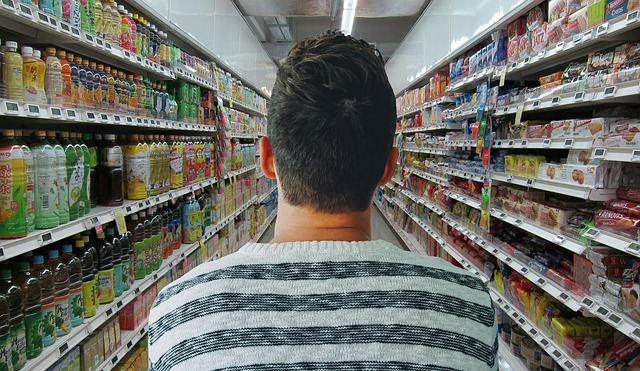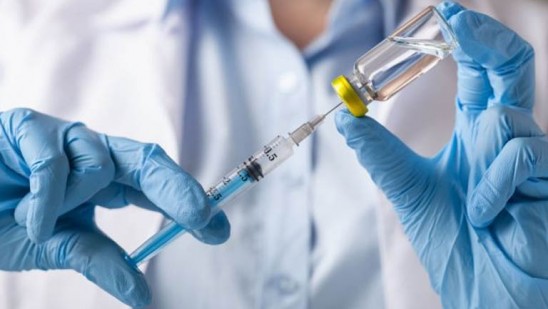Camden Treatment Associates in New Jersey works around the clock to help those suffering from opiate drug addiction. The Camden Treatment staff is comprised of case managers, licensed practical nurses, registered nurses, certified alcohol and drug counselors and board-certified addiction medicine physicians.
Camden Treatment Associates (CTA) provides tailored care to suit the diverse needs of patients, accommodating various lifestyles and schedules. This flexibility ensures that each individual receives optimal support, regardless of their work or personal commitments.
The main focus of New Jersey’s Camden Treatment Associates includes the combination of methadone maintenance treatment (MMT) and both group and individual drug counseling, in line with New Jersey State and Federal guidelines. This holistic approach is crucial for fostering lasting recovery from drug addiction.
With Methadone Maintenance Treatment, Camden Treatment patients receive a daily therapeutic dose of methadone, specifically designed to jumpstart the recovery process. When this is paired with counseling and psychosocial services, methadone alleviates cravings and withdrawal symptoms, setting the stage for a successful recovery journey.
Camdent Treatment’s MMT is particularly beneficial as it normalizes the body’s neurological and hormonal functions disrupted by heroin or other short-acting opioids. The benefits include reducing or eliminating opioid cravings, preventing withdrawal symptoms for over 24 hours, blocking the effects of other opioids, and enhancing physical and emotional health, thereby improving the overall quality of life and functioning.
Medical services provided by Camden Treatment Associates and Dr. John Holtsclaw’s medical team are licensed by the New Jersey Department of Human Services and federally accredited by CARF. Medical service include both group and individual counseling sessions. These therapeutic sessions at the New Jersey based facility foster self-awareness and provide insights into how addiction has impacted the individual’s life. The 90-day Camden Treatment Associates curriculum covers the biology of addiction, coping strategies, trigger identification, and skills development to support recovery and maintain sobriety.
This combination and unique way of treating the addiction epidemic in New Jersey and across America offers hope to those who suffer from drug addiction offering a way forward towards relief from the pain of addiction and a healthier lifestyle.



